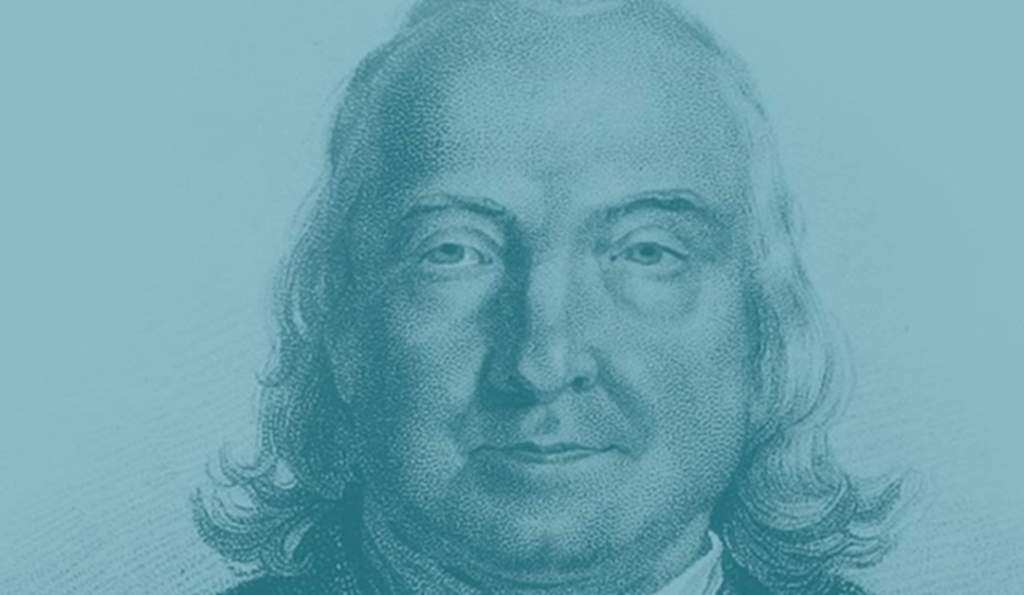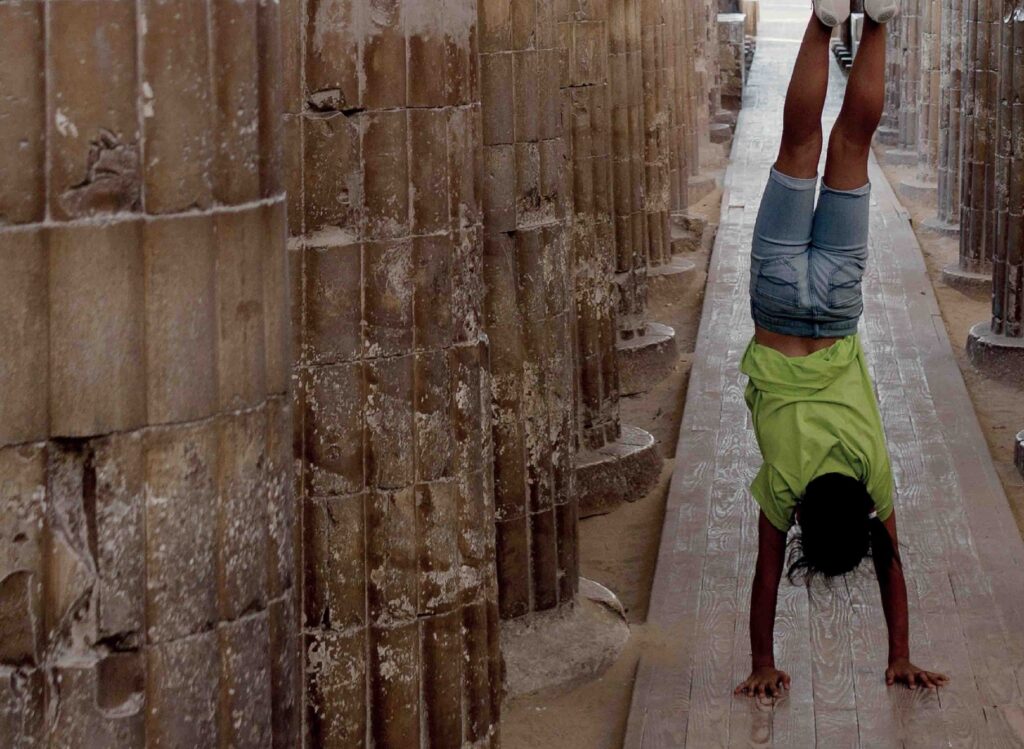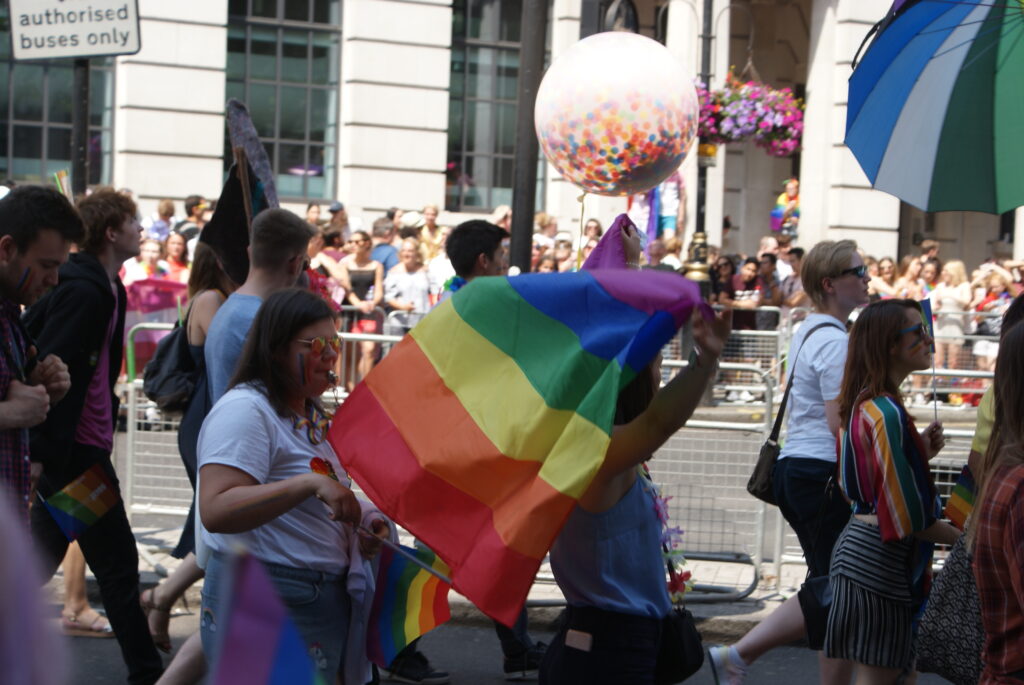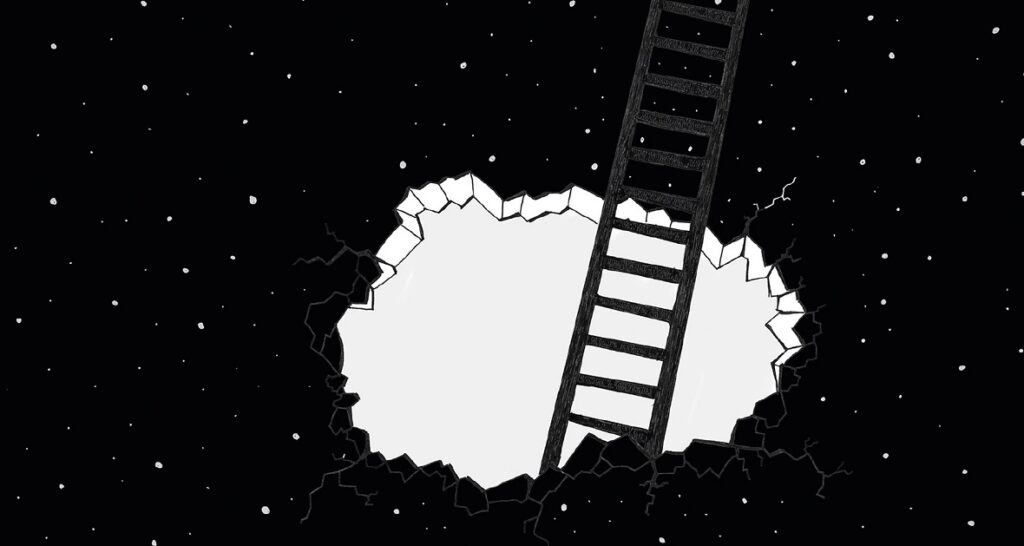
Today marks the second inauguration of Donald Trump as US President, following his previous controversial stint from 2017 to 2021. To mark the occasion, we take a look back at how social media (in particular Twitter, now known as X) fuelled Trump’s ascent in the 2016 election in an excerpt from Ralph Schroeder’s open access book Social Theory after the Internet.
In the 2016 presidential primaries, Donald Trump dominated the news headlines on the side of the race to become the nominee for the Republican Party, even though he was a party outsider and the party favoured insider candidates. His dominance was achieved largely because of social media, mainly Twitter (though he also used other social media such as YouTube and Facebook), where he tweeted controversial positions on a range of issues. These positions then featured prominently in television newscasts and newspaper headlines. Many of these headlines were critical of Trump’s positions, which were far from the political
mainstream and promoted a populist right-wing agenda, including, most controversially, an anti-immigrant stance. Yet the headlines ensured that his views received a disproportionate amount of attention. The relation between the number of tweets in which Trump and other candidates are mentioned and their coverage in mainstream media over the course of the primary campaign and beyond has been tracked at http://viz2016.com/ (Groeling et al. 2016). It shows a clear correlation: Trump is mentioned in tweets far more than any other candidate in both parties, often more than all the other candidates combined, and the volume of tweets closely tracks his outsize coverage in the dominant mainstream media (which, in the same tracking analysis, includes CNN, Fox News, MSNBC, ABC, CBS, NBC and local news). Polling data (such as this) confirms that Trump pulled ahead of other Republican candidates in synchrony with his dominance of the media attention space, despite the fact that his nomination as Republican candidate was opposed by the party up until the party’s convention and
beyond.
Traditional news media were compelled to give a lot of time to Trump’s views since, as we have seen, the American media system is characterized by horse-race politics and market competition for audience share. Tomasky (2016) quotes the television executive Les Moonves, who said during the primary election campaign that ‘the Trump phenomenon “may not be good for America, but it’s damn good for CBS” ’. The ‘free’ extensive media coverage also meant that Trump had to spend far less on political advertising than his rivals. Furthermore, journalists covering the campaign, themselves extensive users of Twitter, eagerly picked up newsworthy items on Twitter. Hamby (2013) has argued that Twitter has changed presidential political campaigns, with journalists relying on Twitter as a major source, not just to follow candidates and campaign teams but also to follow each other. However, they are also under pressure from their editors to feature such ‘breaking news’ in their stories, especially attention-grabbing issues, to maximize audience share. Thus Trump was able to set the agenda by tweeting positions that were guaranteed a wide audience in mainstream media.
Hamby criticizes the dominance of Twitter, especially the way it contributes to the greater prominence of trivia or focuses on the process of campaigns rather than the substance. He notes that this is not a new criticism, but the trend is intensified by Twitter since messages are unfiltered – or, put the other way around, there is less editorial control – which allows minor incidents to gain widespread attention quickly. Here it can be noted that Trump’s tweets also went against the grain of the tighter management of campaign messages on social media, which has been characteristic of other presidential campaigns.
He tweeted himself (and still does so!), and the controversial nature of many of his messages means they are a boon to news-starved journalists. Hamby describes how there is often a desperate search to find something newsworthy to report among journalists during the primary campaign, and Trump often provided tweets (and again, still does) that were considered newsworthy enough to be reproduced in full in the news.
Trump’s position could not have been achieved without the support of a substantial proportion of the electorate. His base of support consisted of a part of the population that considers itself left out by the country’s media elites and its established party elites. And while there is an economic aspect to the demographic of this support, it is among the less educated, male, more rural, white population. Trump supporters are against established state elites and share a distrust of government, a deep-rooted tradition in American politics (Hall and Lindholm 2001). Their anti-immigrant, anti-refugee and anti-Muslim stances are more to do with citizenship rights and economic nationalism than purely economic disadvantage or uncertainty.
As we have seen, unlike elections elsewhere (such as in Sweden – Dimitrova and Strömbäck 2011), the focus during American elections in the media is on the horse race between candidates, who rely on personal media attention (as opposed to attention on parties and policies), within a media system where news is driven more strongly (and almost exclusively, unlike Sweden, with its public-service media) by market competition for audiences. The role of Twitter can be singled out here; it was a transmission belt to visibility in traditional media. It did not play a decisive role once Trump was the nominee of the Republican Party since, from that point onwards, the candidates of both parties were guaranteed a roughly equal share of media attention (and Trump could also gain attention by seeking media appearances). But Twitter did play a decisive role in his success in becoming the nominee for the Republican Party and, for a crucial period, he was able to circumvent media autonomy – or use digital media to amplify his message in traditional media.
This success cannot be explained by reference to Twitter alone; rather, again, the explanation relies on how Trump’s political message – his unconventional remarks on Twitter – received a level of attention in traditional media that would have been impossible had he relied on press conferences or traditional broadcast coverage. In other words, by communicating via Twitter, Trump was able to bypass the conventional gatekeepers of journalists and mainstream TV and newspapers because they were compelled to report his views in a competitive environment that relies on audience share. Put differently, Trump did not directly speak tohis audience via Twitter – too few Americans are on Twitter. But he could rely on traditional media to broadcast his new media messages. As Karpf (2016) argues: ‘In a world with digital media, but less analytics, this election drama would have unfolded differently…journalists and their editors would have been less attuned to the immediate feedback of Trump’s daily ratings effects, and this would have led them to spread their coverage more evenly (as they always have in the past). Trump’s media dominance isn’t just driven by our attention, it’s driven by the media industry’s new tools for measuring and responding to that attention.’ As we will see in chapter 6, these analytics have become important beyond politics and elections and now also shape the competition for online audiences generally.
In any event, the role of the media and of Twitter was decisive inasmuch as other factors that typically play a role can be ruled out: the argument that the party and its elites ‘decide’ on the candidate (Cohen et al. 2016) did not apply on this occasion (though arguably, it applied to Hillary Clinton’s nomination). Second, Trump had fewer resources; he spent far less than other candidates during the primary campaign (and he also spent less, and there was less overall spending, than in previous campaigns). Third, Trump did not have an effective data analytics-driven or ground campaign; in this respect, his campaign was less sophisticated
than that of his competitors.
Populists have traditionally been adept at using the mass media of their day. But the reach of their media was limited, as with direct mail and magazines or latterly email (Kazin 1998, 259–60), unless populists could also obtain sufficient attention in the mainstream media. Other populists have had a critical attitude to the mainstream media, and Trump has also maintained a critical – even conspiratorial – attitude towards the establishment-dominated media throughout the election (and beyond) and accused the media of being ‘rigged’ against him. The extent to which this attitude drove his supporters to alternative media and social media has not been systematically examined (to my knowledge). But the key is that Trump was able to continue to have his message relayed from his tweets to the mainstream media, even though the mainstream media often covered him negatively (and covered his claims that the media were biased against him).
Trump stands in a long line of right- and left-wing populism in America, though as Kazin (1998) points out, populism has generally moved rightwards since the Second World War. Populism as an ideology has waxed and waned in the post-war period, though it has often been just as strong as left, right, moderate and libertarian ideologies (Claggett et al. 2014). Trump’s language was strongly populist; only Bernie Sanders rivalled him on the left and Ben Carson on the right for populist language, as Oliver and Rahn (2016) show. They also show that support for his views was strong among voters, and argue that such populist views have not been taken into account by parties, and by the Republican Party in particular, which they say constitutes a ‘representation gap’: ‘Donald Trump’s simple, Manichean rhetoric is quintessentially populist…the opportunity for a Donald Trump presidency is ultimately rooted in a failure of the Republican Party to incorporate a wide range of constituencies’ (2016, 202). In other words, his populist appeal mattered too. In short, Twitter, translated into mainstream media, plus populism, explains Trump’s success.
About the author
Ralph Schroeder is a Professor at the Oxford Internet Institute. Before coming to Oxford University, he was Professor at Chalmers University in Gothenburg. His recent books are Rethinking Science, Technology and Social Change (2007) and, co-authored with Eric T. Meyer, Knowledge Machines: Digital Transformations of the Sciences and Humanities (2015).







